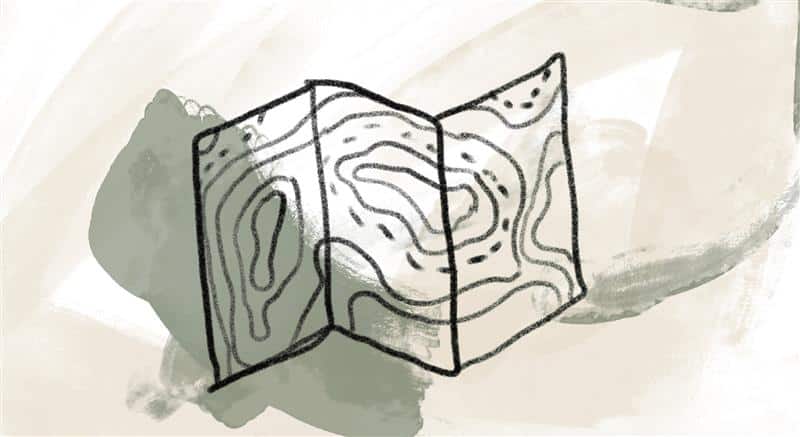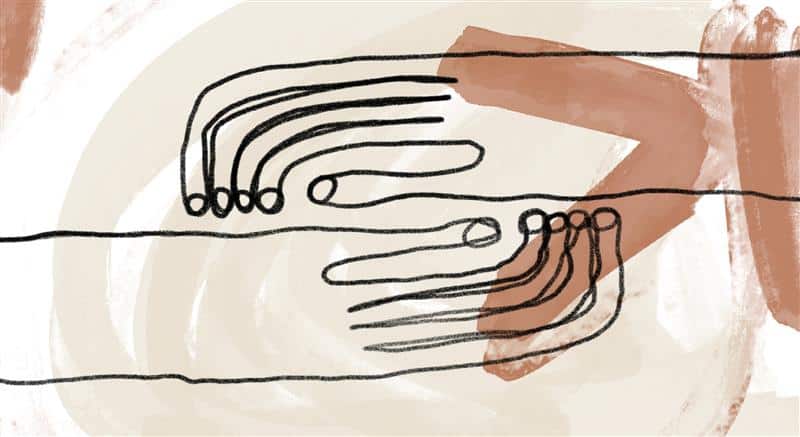
Theologian Jennifer Garcia Bashaw describes how the Gospels are liberating for the excluded and scapegoated:
From the inception of the Gospel narratives, we can see that they were not just stories written about a scapegoat—they were stories written by scapegoats…. When the [New Testament] authors told the stories of Jesus’s life or of the early church, they wrote and interpreted from this fringe position. The Gospel writers also focused on the stories of the marginalized…. These were the people Jesus taught, healed, and befriended in his life—the societal victims and outcast people who lived not only on the periphery of the empire but on the periphery of their own culture. The gospel story, then, is a story about a victim, written by victims, and featuring victims. It is good news for victims; it is a scapegoat’s gospel. [1]
Jesus’ death on the cross reveals the violence of scapegoating.
Jesus willingly becomes a scapegoat to draw attention to the scapegoaters; he submits to death on a cross to draw attention away from the scapegoats.… In his life, Jesus championed women, befriended and healed the poor and the disabled, and welcomed in the outsiders. In his death, Jesus becomes the woman, the infirmed, and the outsider. The Jesus who saved women from society’s shaming was himself publicly shamed, stripped naked, and despised. The Jesus who healed sick and disabled bodies became disabled himself, flesh pierced and torn, weakened and held captive by nails and his failing body.… If Jesus’s life reversed the fate of victims he had met, then his death reverses the fate of future victims. He becomes the scapegoat to end all scapegoats—and exposes the truth that could end human blame and violence once and for all.
As they tell the Jesus story, the Gospel writers ensure that followers of Jesus see his scapegoat death for what it is…. They show us the innocence of Jesus so that we might recognize the innocence of all scapegoat victims before it is too late…. After Jesus became a victim on the cross, exposing the scapegoat mechanism and its fatal effects, the story is carried forward by the scapegoats of Jesus’s society. It is the women disciples who discover the tomb (Mark 16:1–8; Matthew 28:1–10; Luke 24:1–11; John 20:1–18) and become the first witnesses to the resurrection and the first evangelists to carry the news to other Jesus-followers. [2]
Jesus’ death compels us to join in solidarity with the scapegoated. Bashaw continues:
Without a clear comprehension of Jesus’s pattern of life and death, those of us who follow Jesus can unknowingly become the ones who scapegoat rather than the ones who follow the scapegoat. When we enter the story of Jesus with an eye on society’s victims, however, we can grasp more fully the life, ministry, and death of the scapegoat that was supposed to end all scapegoats—Jesus. Maybe then we can stop creating scapegoats and work on their behalf instead. [3]
References:
[1] Jennifer Garcia Bashaw, Scapegoats: The Gospel through the Eyes of Victims (Minneapolis, MN: Fortress Press, 2022), 15–16.
[2] Bashaw, Scapegoats, 276–277.
[3] Bashaw, Scapegoats, 17.
Image credit: Benjamin Yazza, Untitled (detail), New Mexico, 2023, photograph, used with permission. Click here to enlarge image. Who do we push outside the circle of our acceptance to sing alone on the branches of a burnt and mangled desert tree?
Story from Our Community:
I live in the countryside by a lake. Everywhere, I see the splendor of God—from the dew drops sparkling on a wolf spider’s web, to the rain drops sparkling like diamonds on the new fronds of a cypress tree. Seeing the shimmer in the morning on the lake, I imagine all the souls with God in heaven. I feel so blessed to see and appreciate these things. This is my church. —Jane S.




